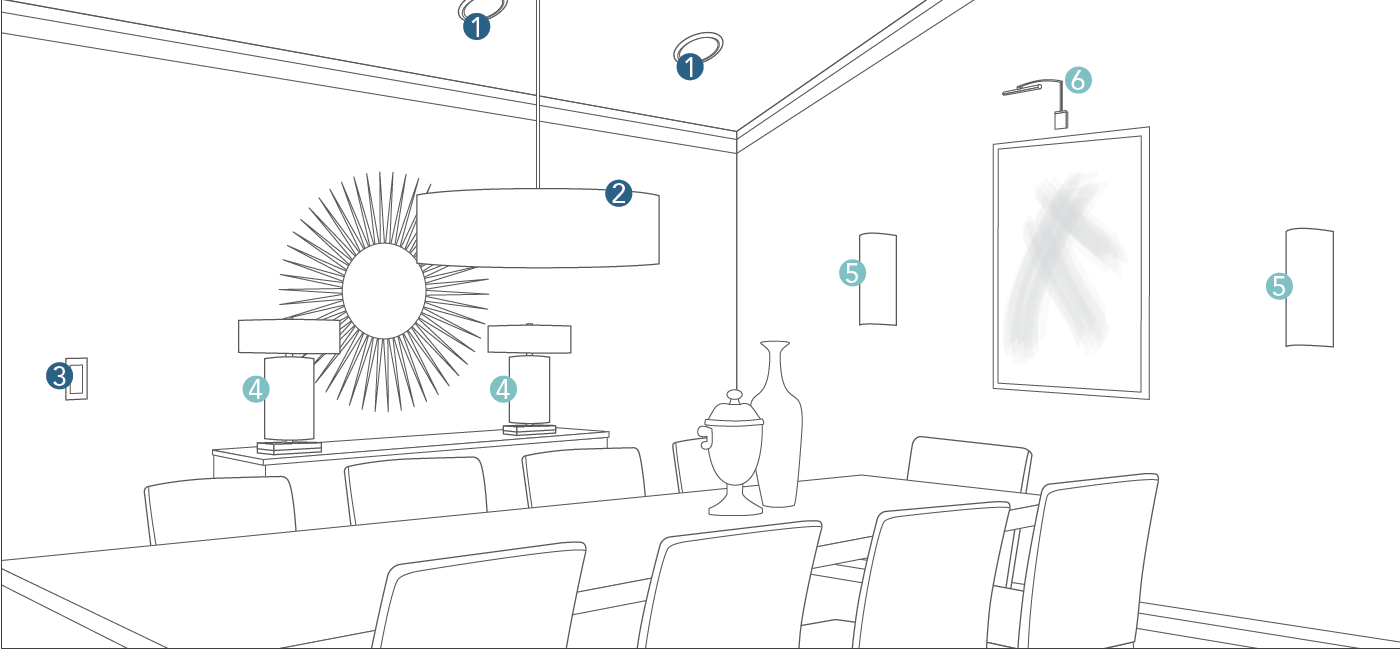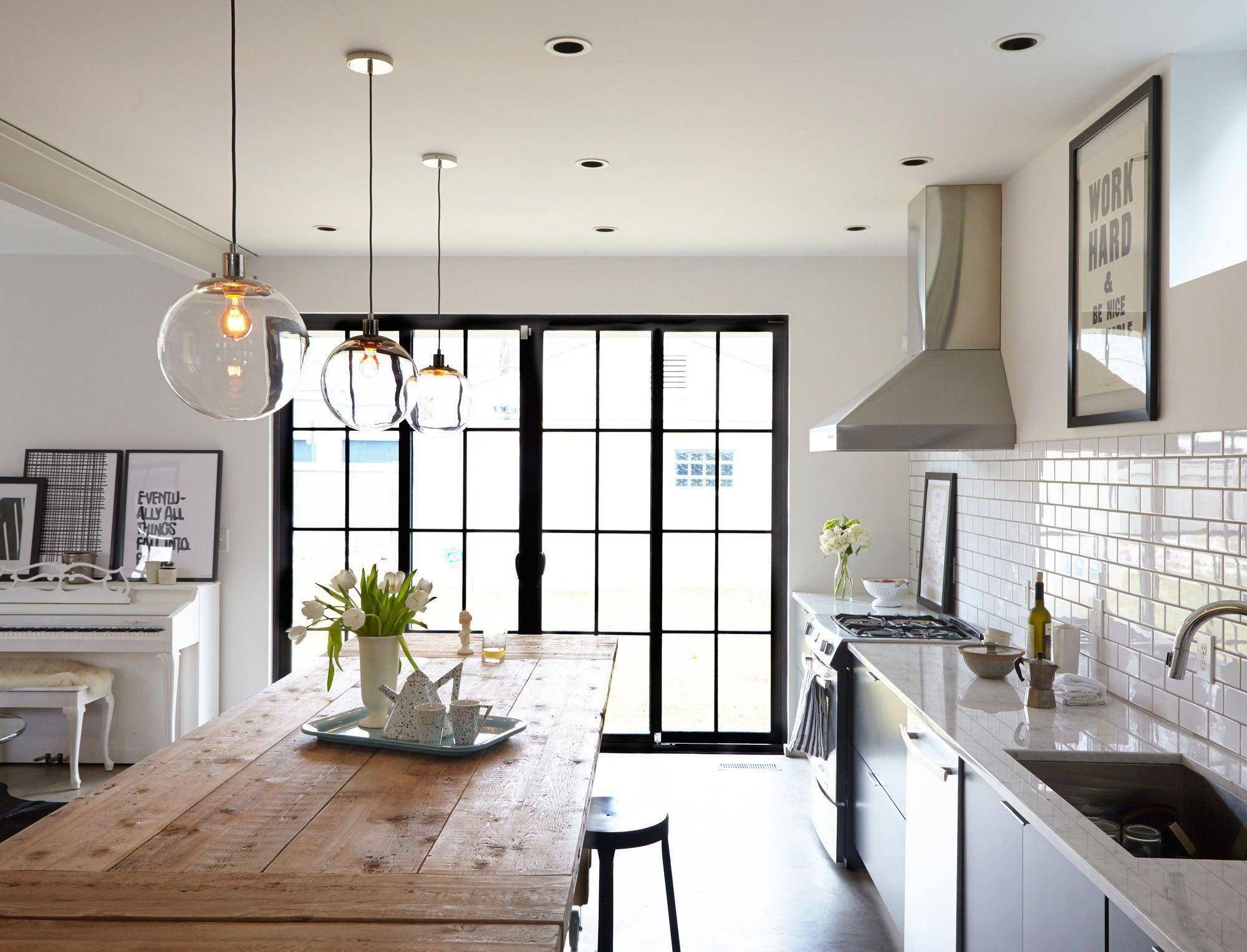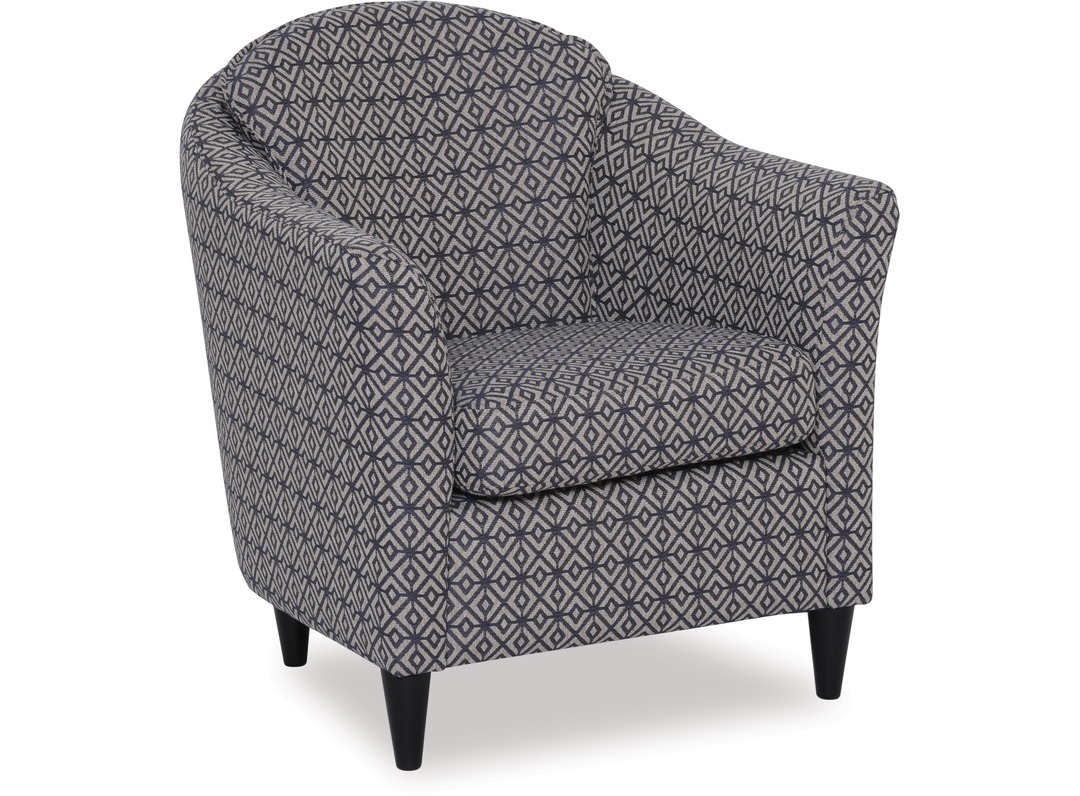The right lighting can make all the difference in a dining room. It sets the mood, enhances the ambiance, and adds a touch of elegance to the space. But when it comes to dining room lighting, one size does not fit all. The height of your dining room lights plays a crucial role in creating the perfect balance of functionality and style. Here are 10 things to consider when determining the ideal dining room lighting height. Dining Room Lighting Height: Finding the Perfect Balance
Don't be afraid to think outside the box when it comes to dining room lighting. There are endless possibilities to explore, from traditional chandeliers to modern pendant lights, and everything in between. Consider the style of your dining room and the overall aesthetic of your home, and use that as a starting point to brainstorm unique and personalized lighting ideas. Dining Room Lighting Ideas: Let Your Creativity Shine
A chandelier is a timeless and elegant choice for dining room lighting. But when it comes to hanging it, there are a few things to keep in mind. The bottom of the chandelier should be at least 30 inches above the dining room table, and the diameter of the chandelier should be no more than half the width of the table. This will ensure that the chandelier is not too overwhelming for the space and provides ample lighting. Dining Room Chandelier Height: A Classic Choice
Pendant lights are a popular choice for modern dining rooms. They come in a variety of shapes, sizes, and styles, making them a versatile option for any space. When hanging pendant lights, consider the height of the ceiling and the size of the dining room table. The bottom of the pendant should be at least 28-32 inches above the table for optimal lighting. Dining Room Pendant Light Height: Modern and Versatile
The height of your ceiling will also play a role in determining the dining room lighting height. If you have high ceilings, you have more flexibility and can hang your lights a bit lower without making the space feel cramped. However, if you have a lower ceiling, it's best to keep the lights closer to the ceiling to avoid any potential hazards. Dining Room Ceiling Height: The Higher, the Better
Ultimately, the height of your dining room light fixtures will come down to personal preference. Some people may prefer a more dramatic and eye-catching look, while others may prefer a more subtle and understated approach. Consider your own style and the overall aesthetic of your dining room when deciding on the height of your light fixtures. Dining Room Light Fixture Height: A Matter of Personal Preference
When determining the height of your dining room lights, a good rule of thumb is to keep them at least 30 inches above the dining room table. This will ensure that the lights are not too low, causing a glare or obstructing the view of your guests. It also allows for enough light to illuminate the entire table. Dining Room Table Light Height: A Rule of Thumb
Each dining room is unique, and there is no one-size-fits-all solution for lighting. It's essential to consider the layout and dimensions of your space when choosing the height of your dining room lights. If you have a larger dining room, you may need to hang your lights slightly higher to cover the entire space. Dining Room Lighting Guidelines: Use Your Space Wisely
Don't be afraid to mix and match different types of lighting in your dining room. Using a combination of overhead lights, wall sconces, and even table lamps can create a layered and multidimensional look. This allows for more flexibility in terms of lighting height, as each light source can serve a different purpose in the space. Dining Room Lighting Tips: Play with Layers
When it comes to dining room lighting, size matters. The size of your light fixtures should be in proportion to the size of your dining room and dining table. An oversized chandelier in a small dining room can feel overwhelming, while a small pendant light in a large dining room may not provide enough light. Finding the right balance is crucial in creating a cohesive and visually appealing dining room. Dining Room Lighting Size: Balance is Key
The Importance of Proper Height for Dining Room Lighting

Maximizing Functionality and Aesthetics
 Proper lighting is crucial in any room, and the dining room is no exception. It not only serves a functional purpose but also plays a significant role in the overall design and ambiance of the space. When it comes to dining room lighting, one important factor to consider is the height at which the fixtures are placed. This can make a significant difference in both the functionality and aesthetics of your dining room.
Functionality:
The height at which dining room lighting is installed can greatly affect its functionality. If the fixtures are placed too low, they can create glare and make it difficult for people to see each other or their food. On the other hand, if the fixtures are placed too high, the room can feel dark and uninviting. Finding the right height for your dining room lighting can ensure that the space is well-lit and functional for its intended purpose.
Aesthetics:
The right height of dining room lighting can also enhance the overall look and feel of the space. Lighting that is too low can appear cluttered and overwhelming, while lighting that is too high can make the room feel empty and cold. Finding the perfect balance between functionality and aesthetics is key in creating a beautiful and inviting dining room.
Proper lighting is crucial in any room, and the dining room is no exception. It not only serves a functional purpose but also plays a significant role in the overall design and ambiance of the space. When it comes to dining room lighting, one important factor to consider is the height at which the fixtures are placed. This can make a significant difference in both the functionality and aesthetics of your dining room.
Functionality:
The height at which dining room lighting is installed can greatly affect its functionality. If the fixtures are placed too low, they can create glare and make it difficult for people to see each other or their food. On the other hand, if the fixtures are placed too high, the room can feel dark and uninviting. Finding the right height for your dining room lighting can ensure that the space is well-lit and functional for its intended purpose.
Aesthetics:
The right height of dining room lighting can also enhance the overall look and feel of the space. Lighting that is too low can appear cluttered and overwhelming, while lighting that is too high can make the room feel empty and cold. Finding the perfect balance between functionality and aesthetics is key in creating a beautiful and inviting dining room.
Consider the Layout of Your Dining Room
 When determining the proper height for your dining room lighting, it's essential to consider the layout of the room. If you have a large dining table, you may want to consider installing multiple fixtures at varying heights to evenly distribute light across the table. For a smaller table, a single fixture placed at the right height can provide sufficient lighting. It's also important to take into account any architectural features, such as high ceilings or beams, that may affect the placement of your dining room lighting.
When determining the proper height for your dining room lighting, it's essential to consider the layout of the room. If you have a large dining table, you may want to consider installing multiple fixtures at varying heights to evenly distribute light across the table. For a smaller table, a single fixture placed at the right height can provide sufficient lighting. It's also important to take into account any architectural features, such as high ceilings or beams, that may affect the placement of your dining room lighting.
Seek Professional Guidance
 While there are general guidelines for the height of dining room lighting, every space is unique, and what works for one may not work for another. It's always best to seek professional guidance when it comes to lighting design. A professional designer can help you determine the proper height for your dining room lighting based on your specific space and needs. They can also provide advice on the best types of fixtures and bulbs to use for optimal functionality and aesthetics.
In conclusion, the height of dining room lighting is a crucial consideration in both functionality and aesthetics. By finding the right height for your fixtures, you can create a well-lit and visually appealing dining room that is perfect for hosting meals and gatherings. Consider the layout of your space and seek professional guidance to ensure that your dining room lighting is at the perfect height.
While there are general guidelines for the height of dining room lighting, every space is unique, and what works for one may not work for another. It's always best to seek professional guidance when it comes to lighting design. A professional designer can help you determine the proper height for your dining room lighting based on your specific space and needs. They can also provide advice on the best types of fixtures and bulbs to use for optimal functionality and aesthetics.
In conclusion, the height of dining room lighting is a crucial consideration in both functionality and aesthetics. By finding the right height for your fixtures, you can create a well-lit and visually appealing dining room that is perfect for hosting meals and gatherings. Consider the layout of your space and seek professional guidance to ensure that your dining room lighting is at the perfect height.
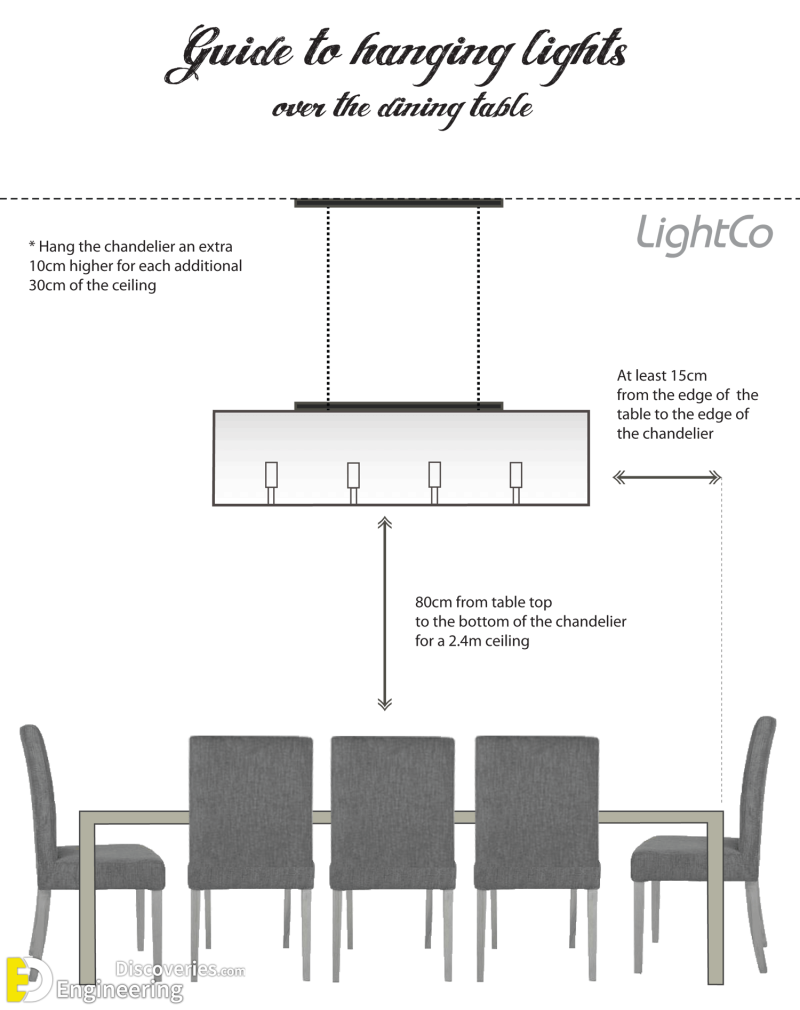
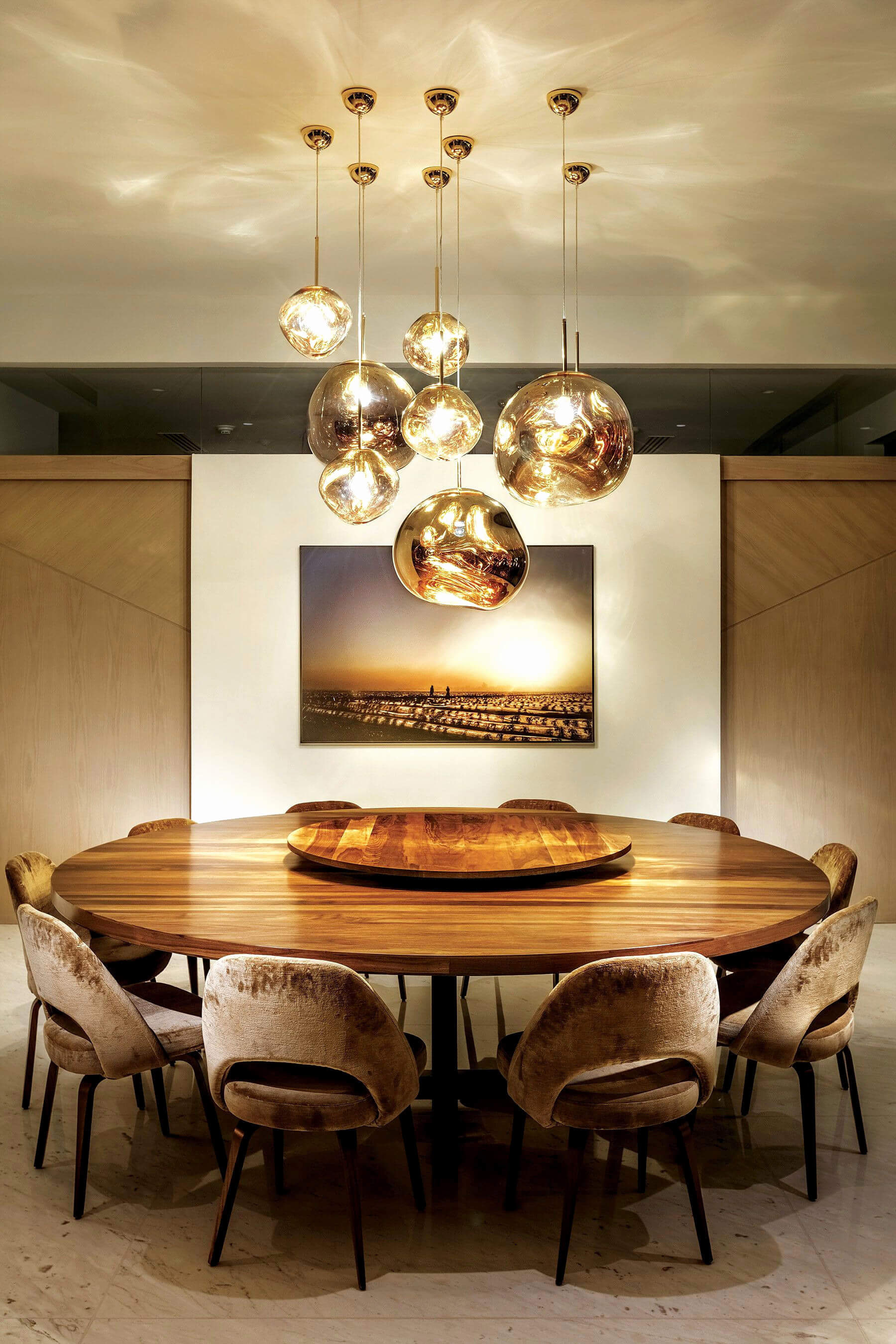








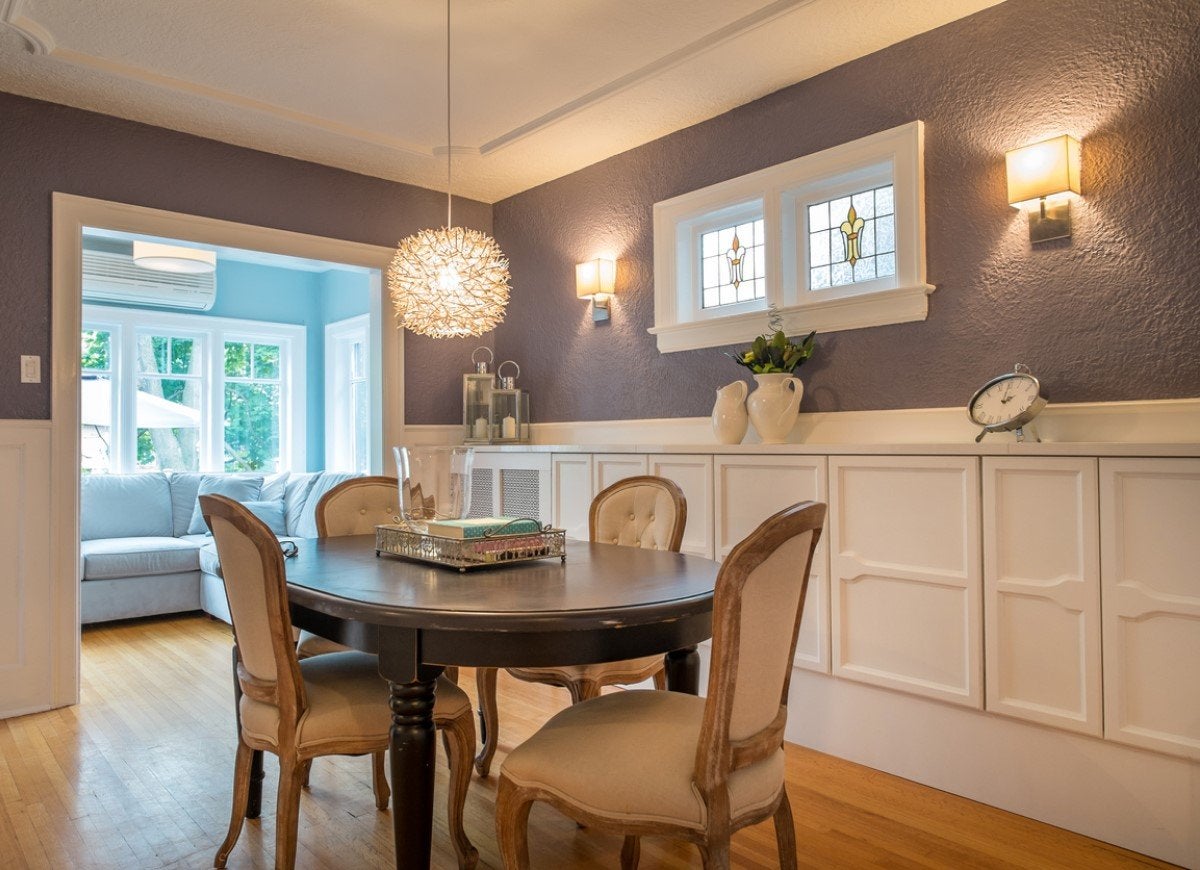

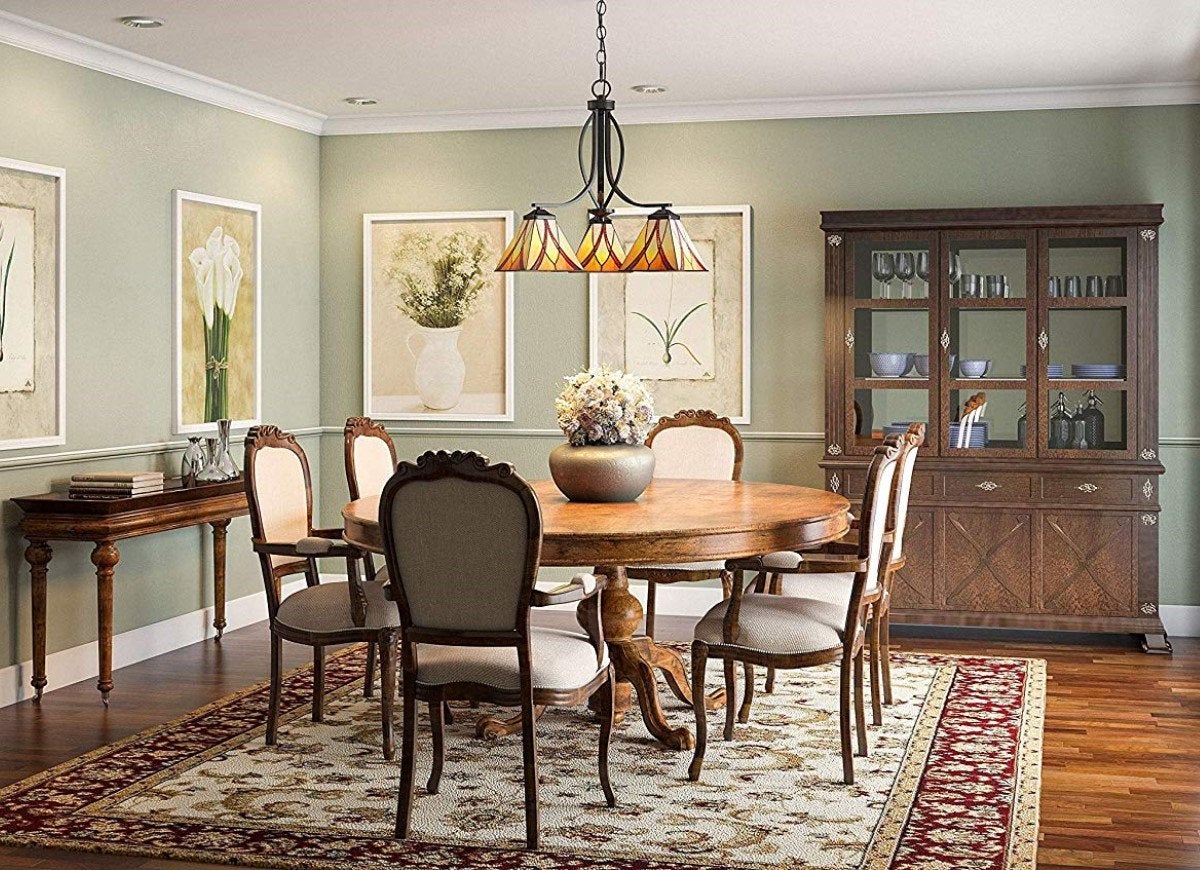
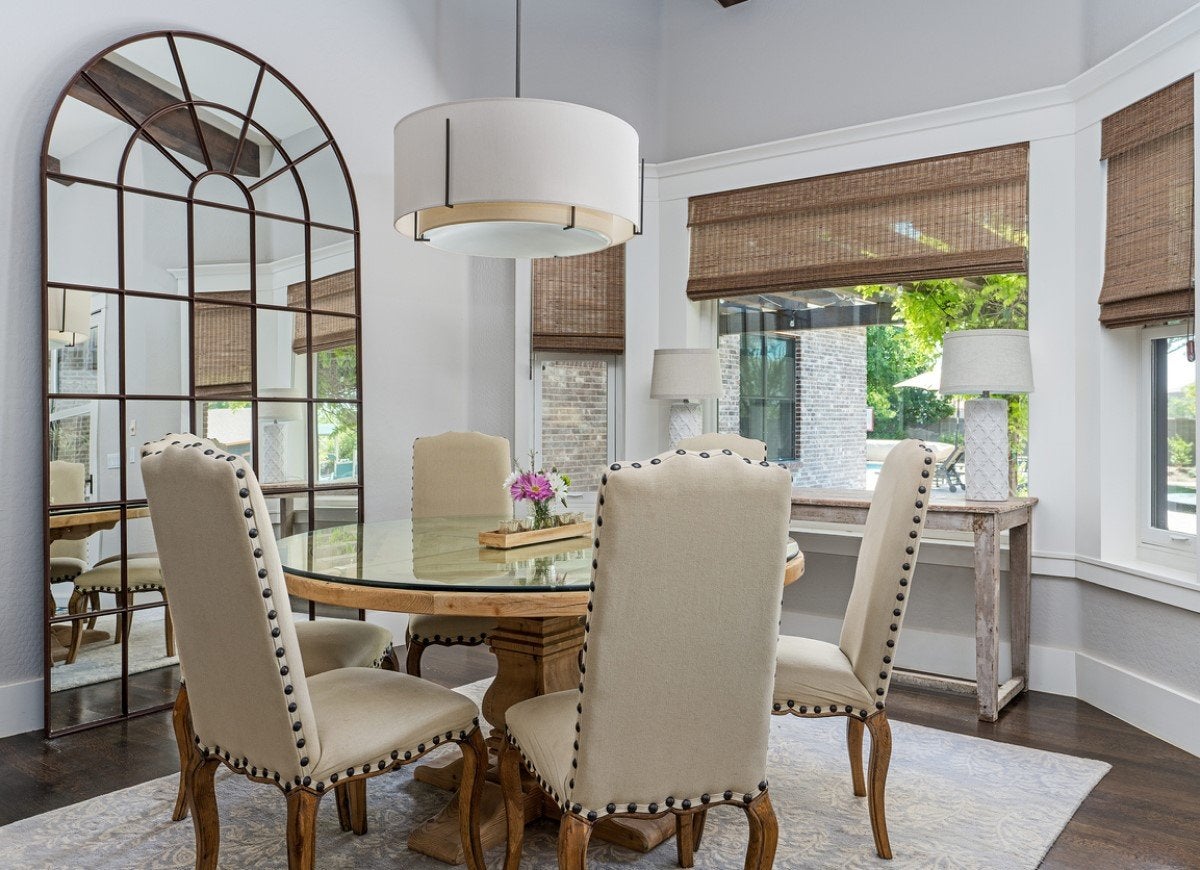
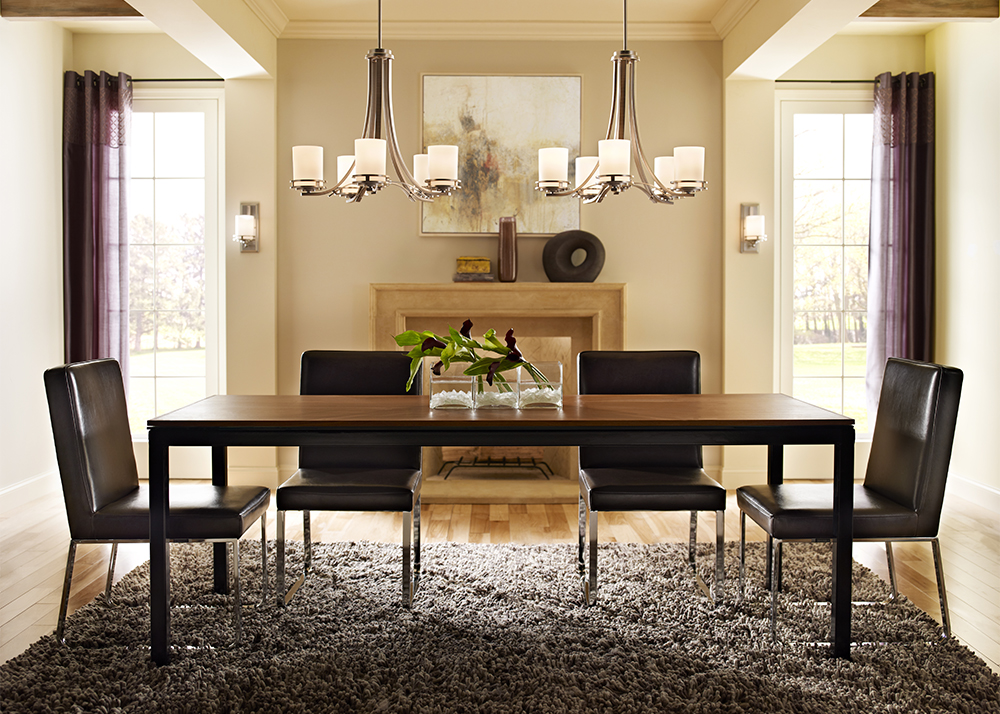
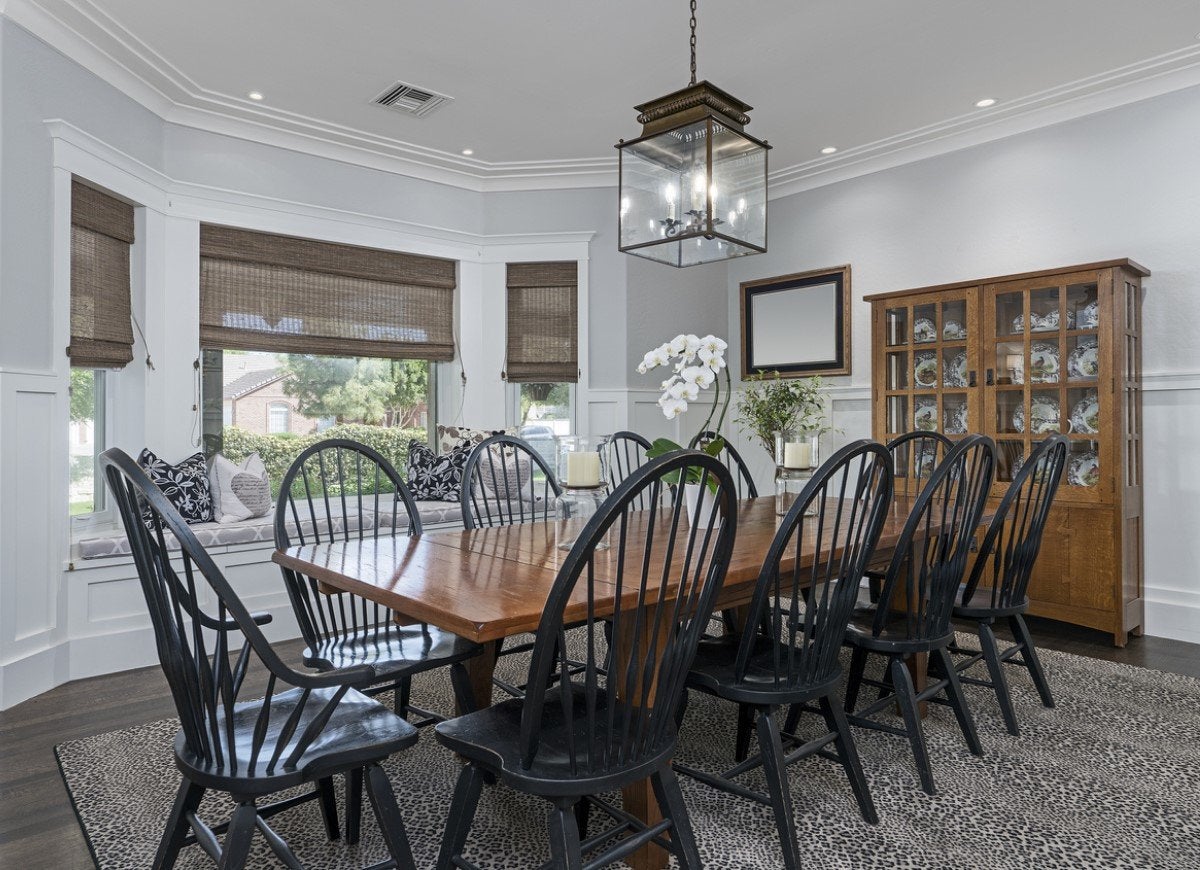
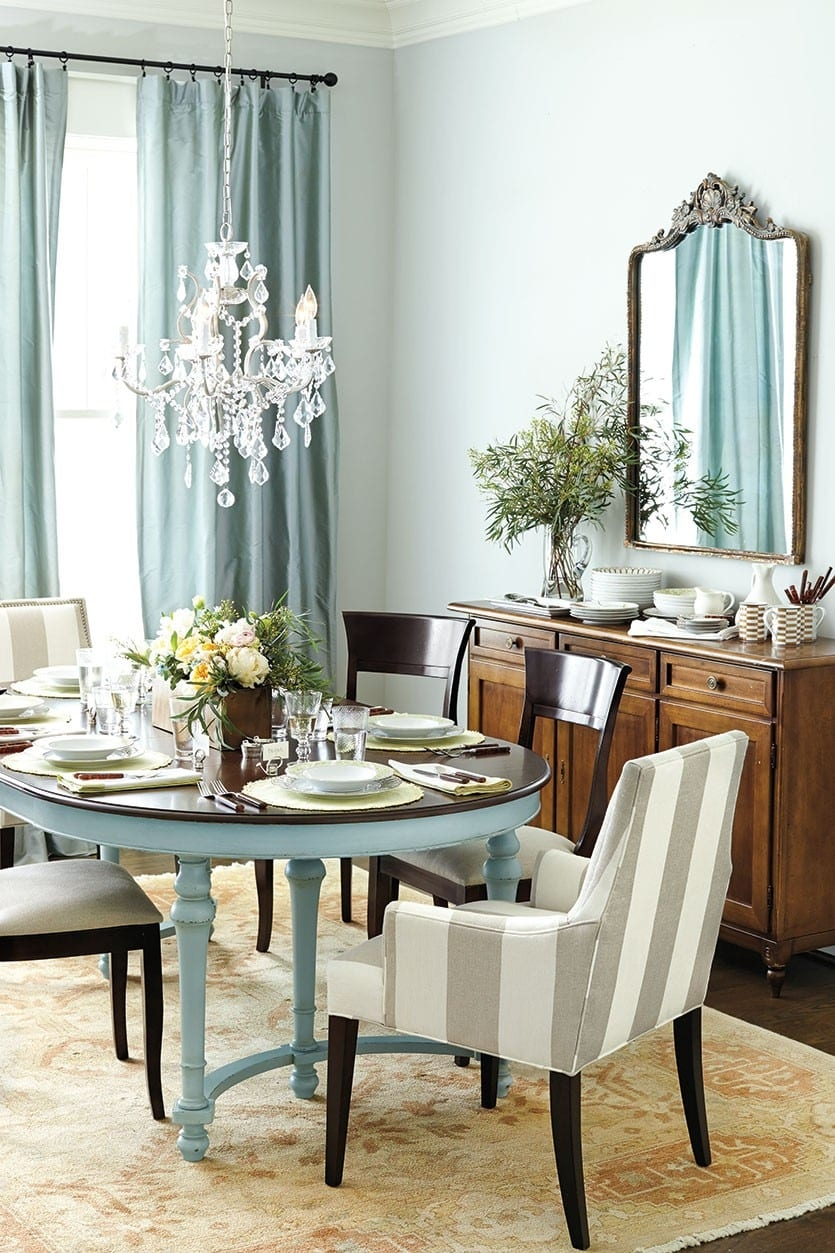



/Chandelier_0635-0b1c24a8045f4a2cbdf083d80ef0f658.jpg)
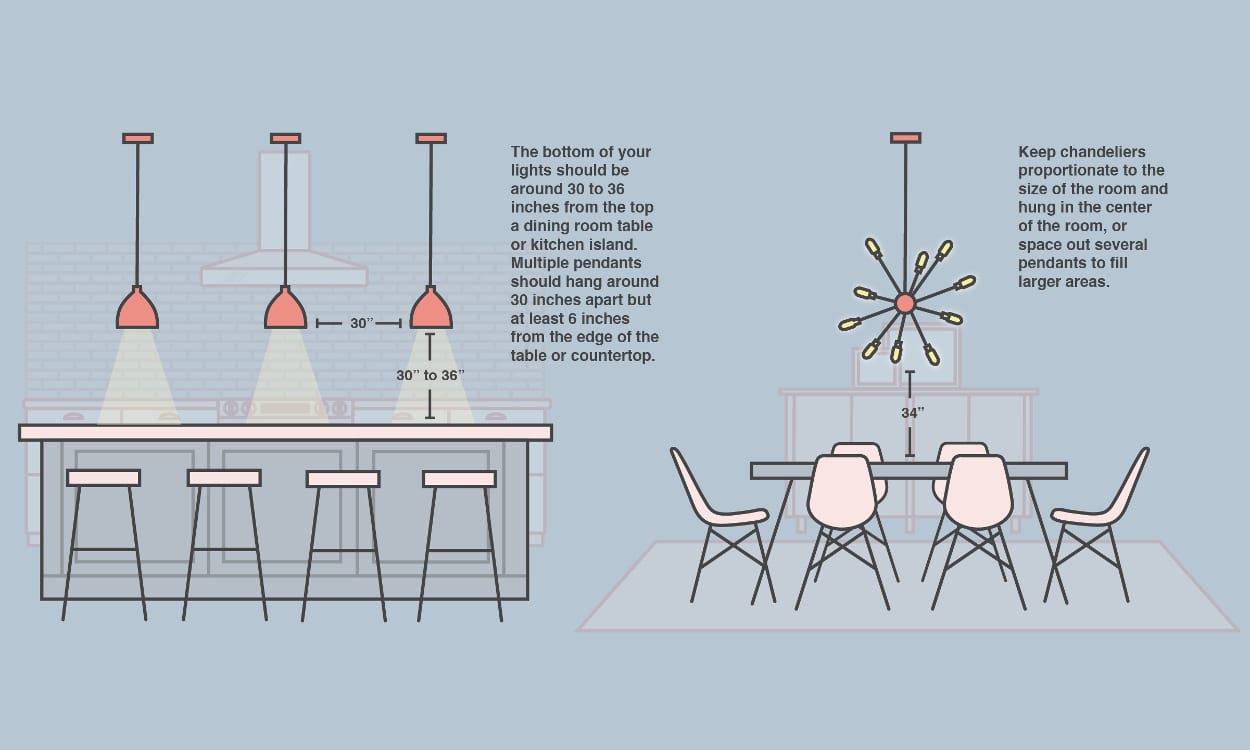
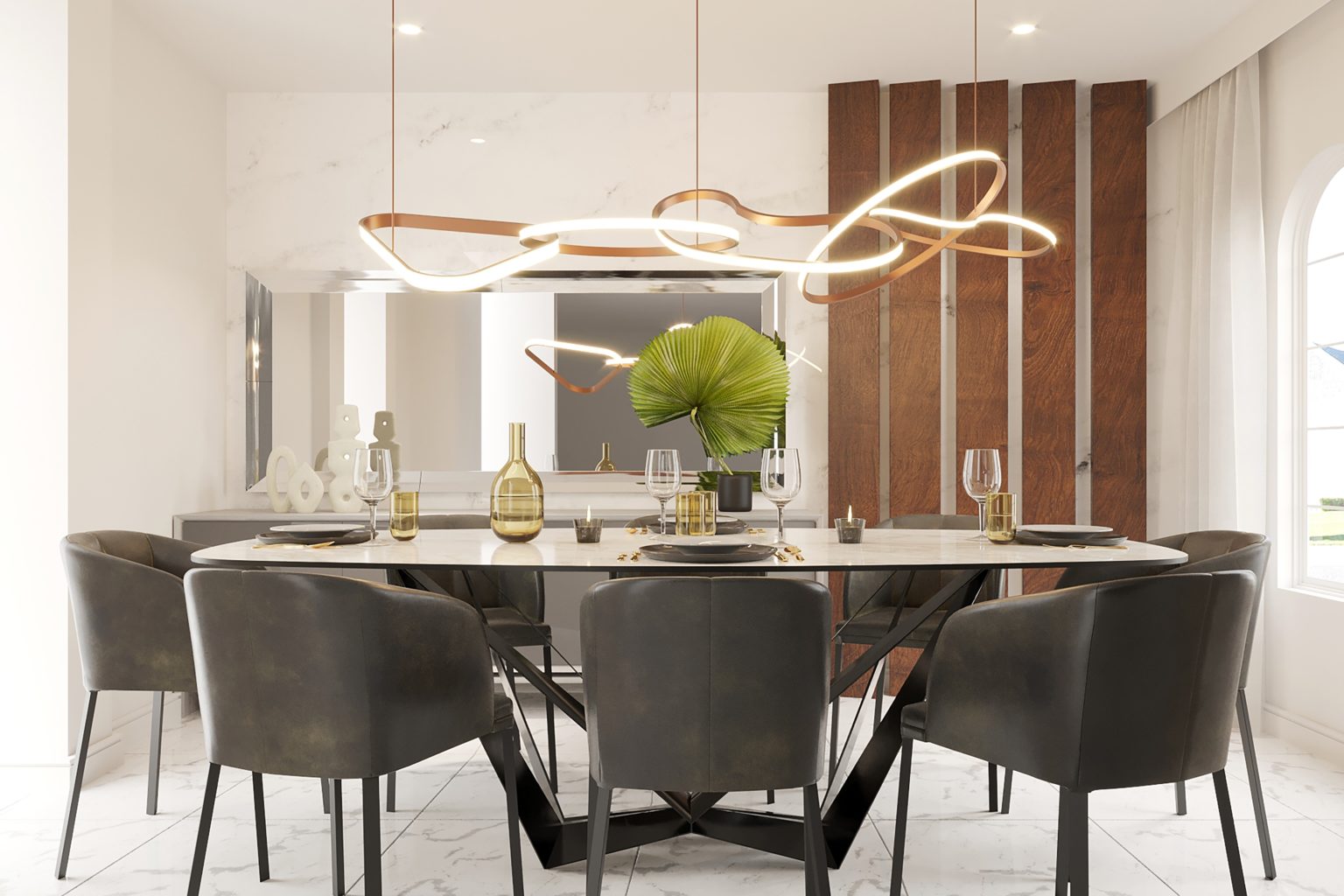










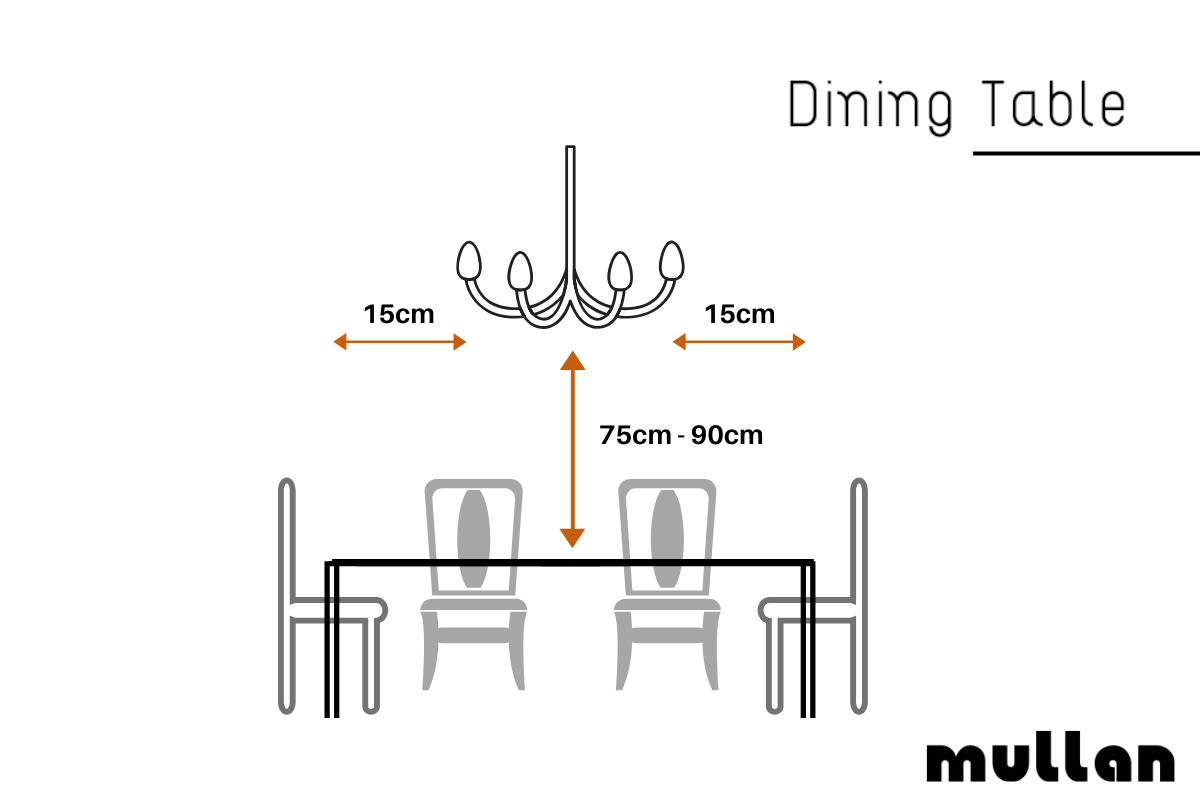





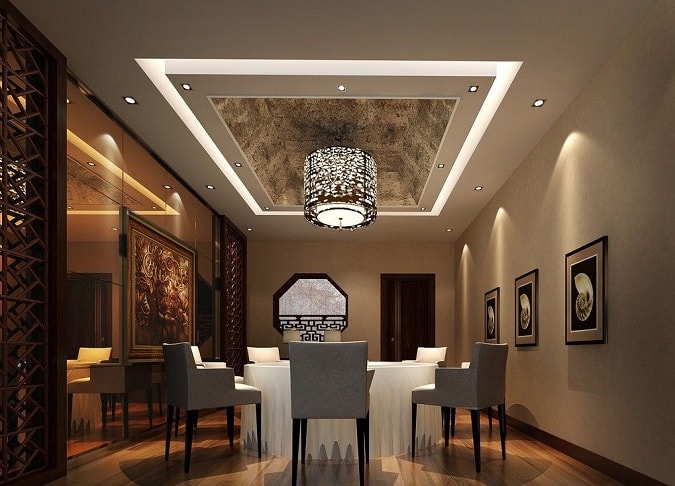
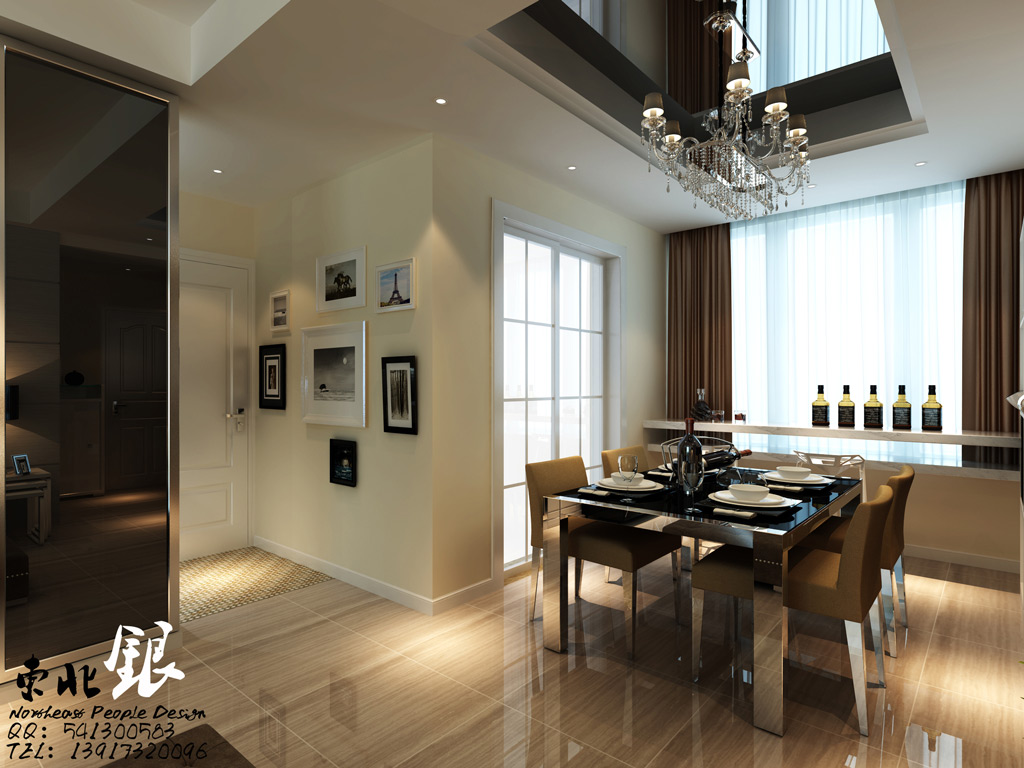

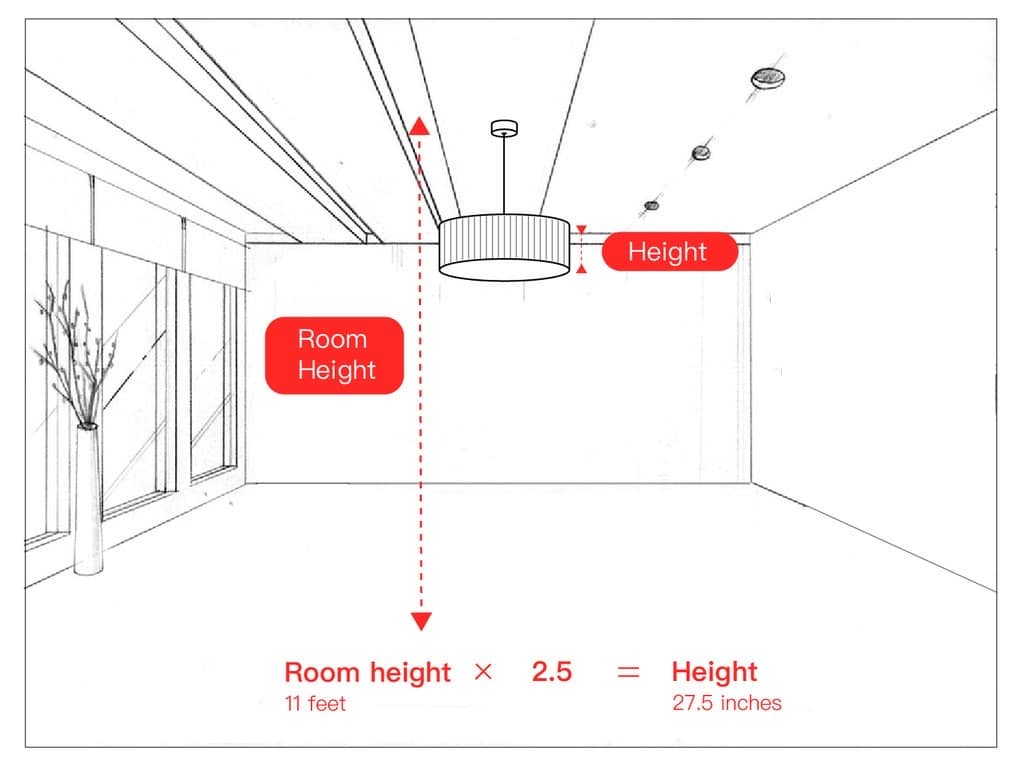


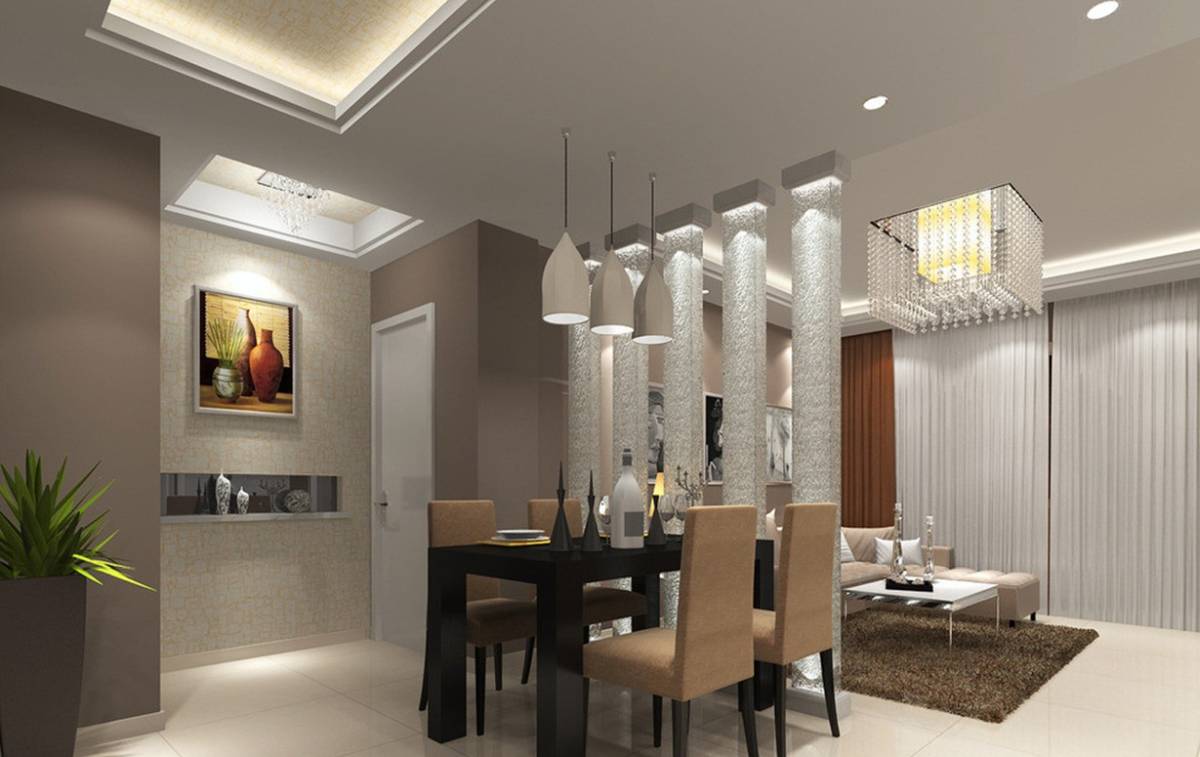






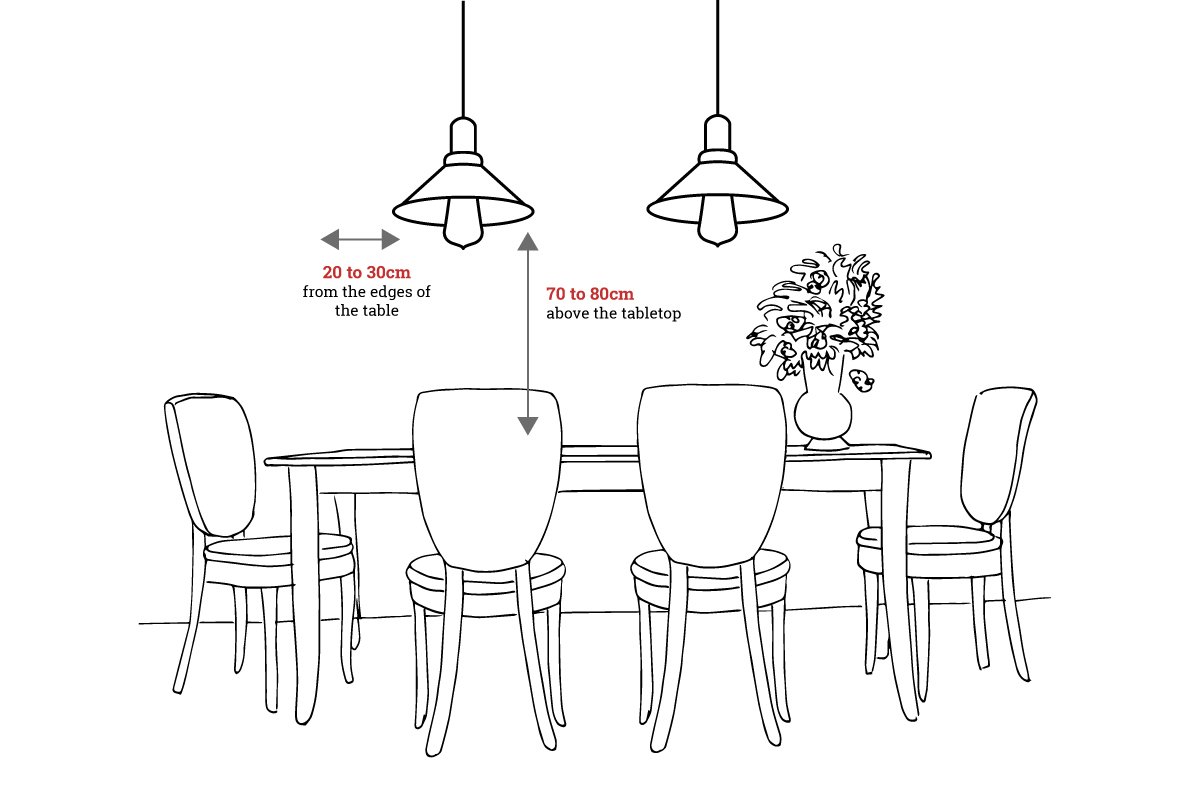

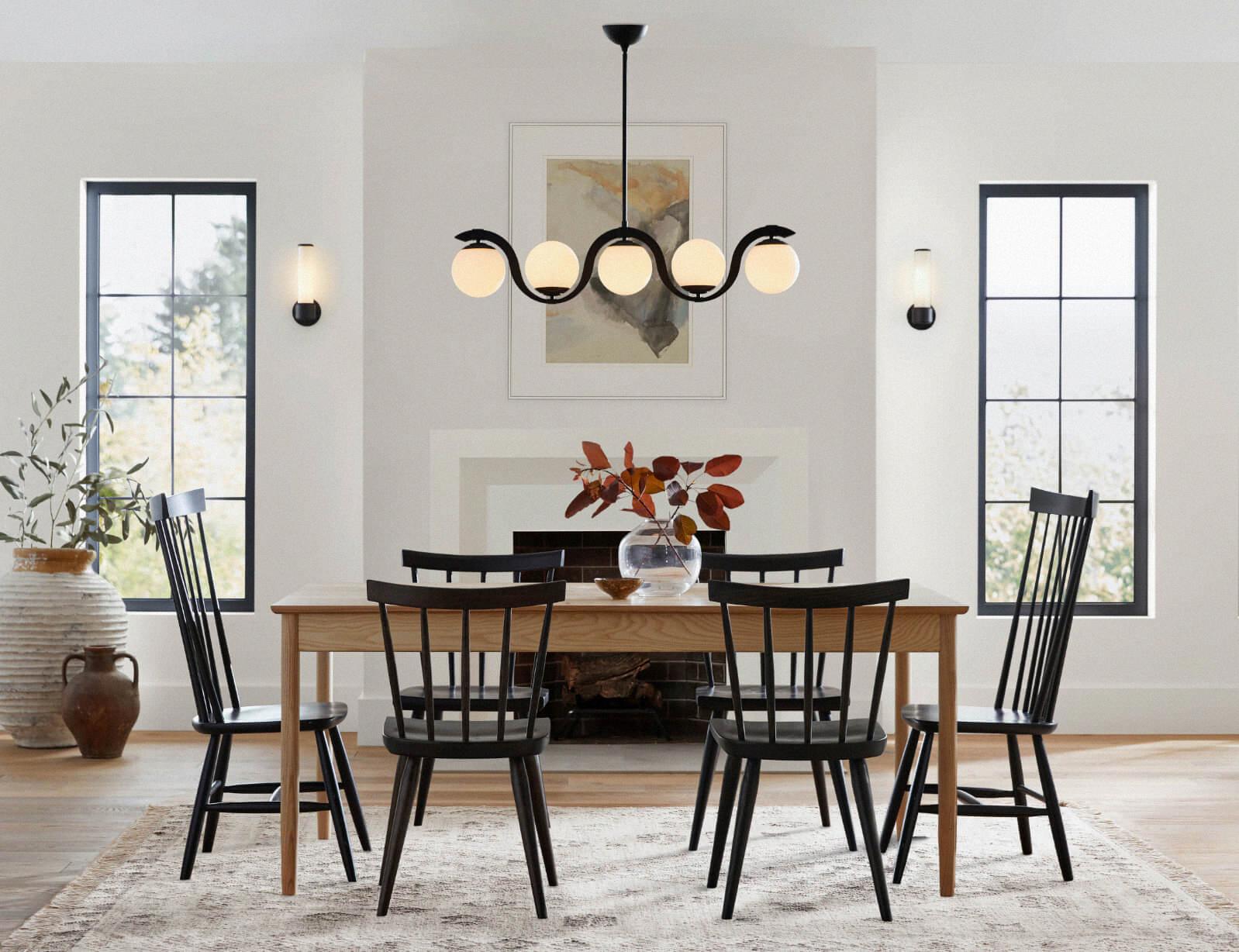
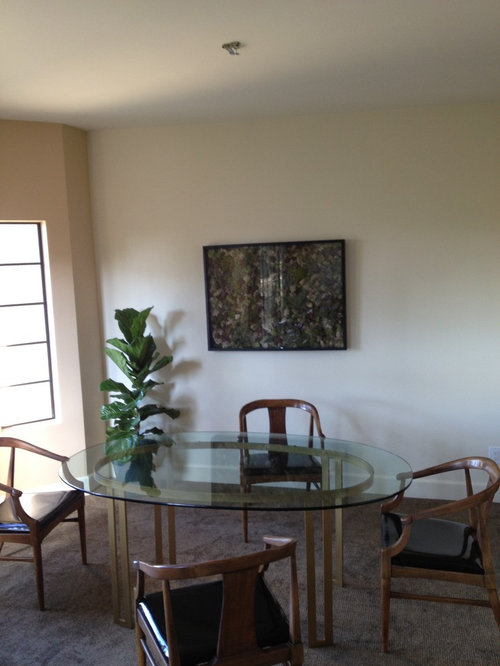




/dining-room-light-fixture-ideas-23-mindy-gayer-windward-55f952166a404e118d22061c51060a95.jpeg)





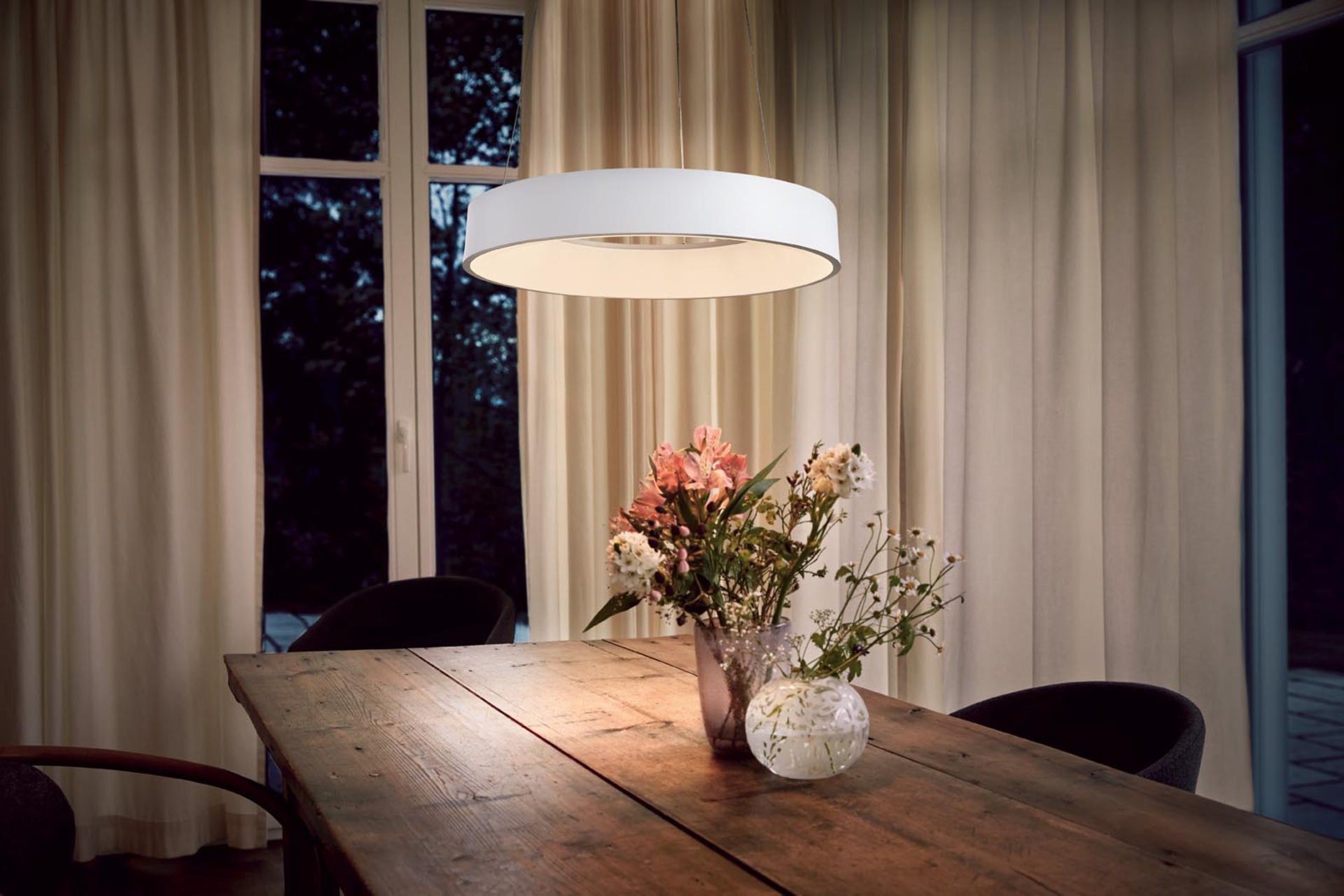


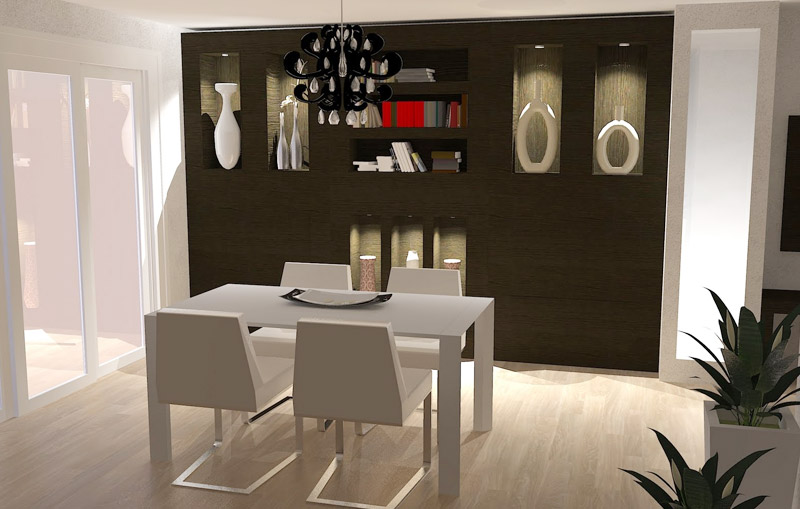
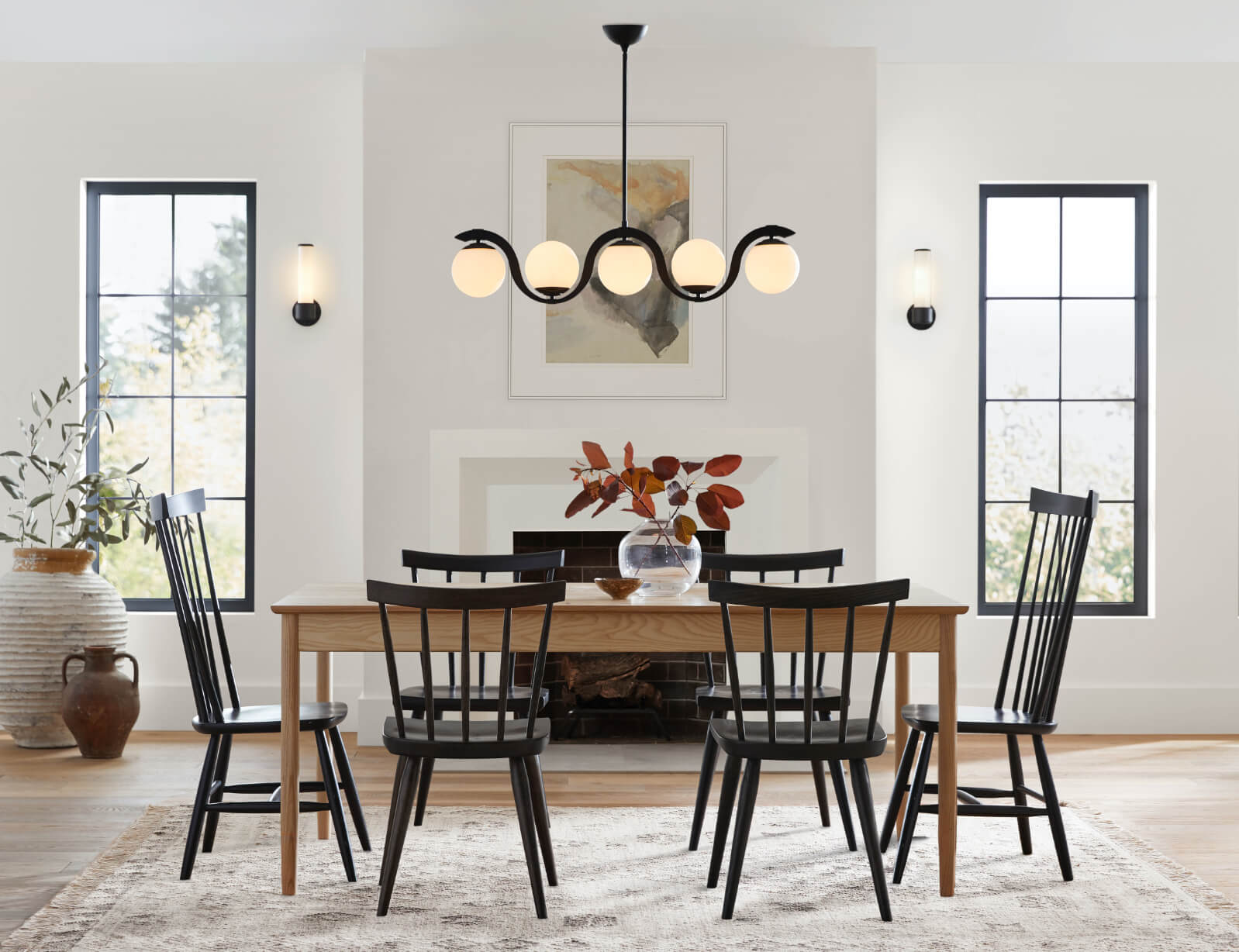
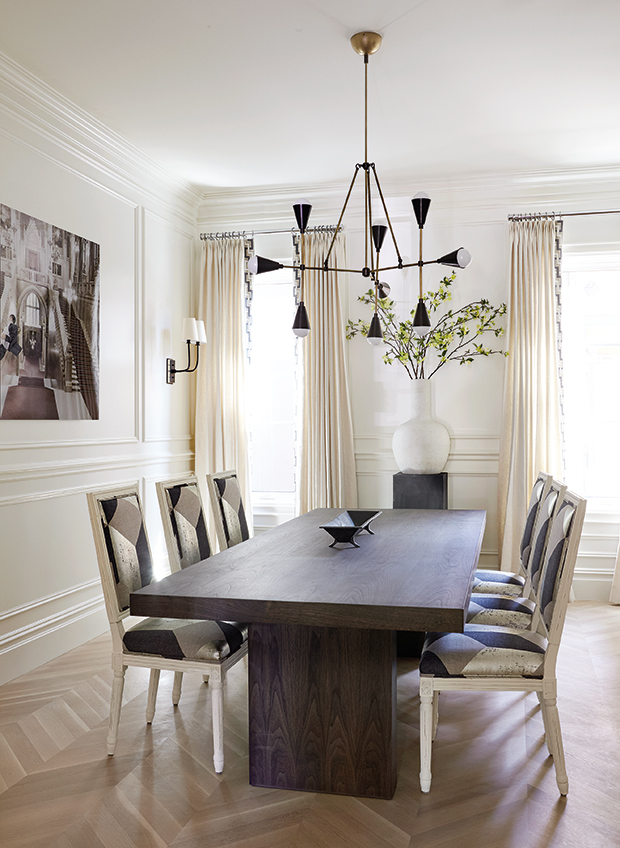


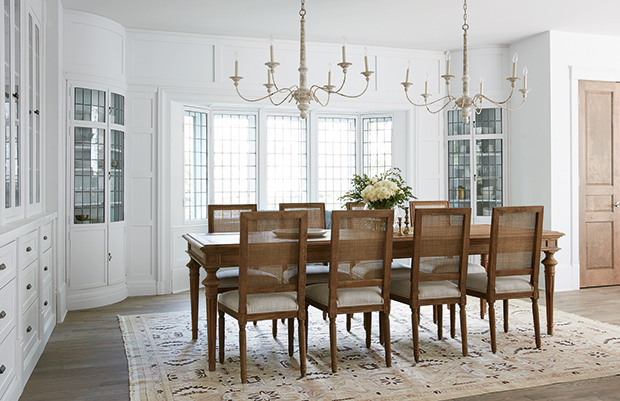

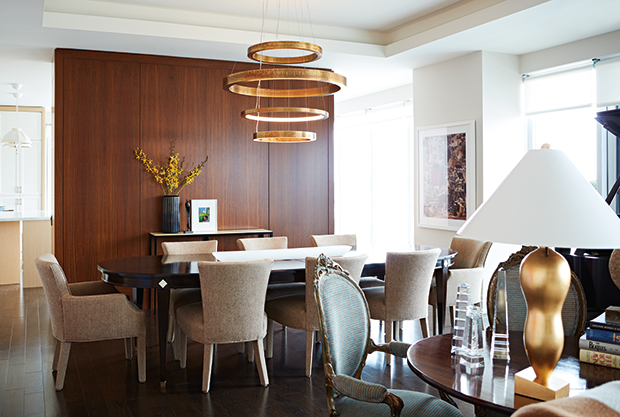


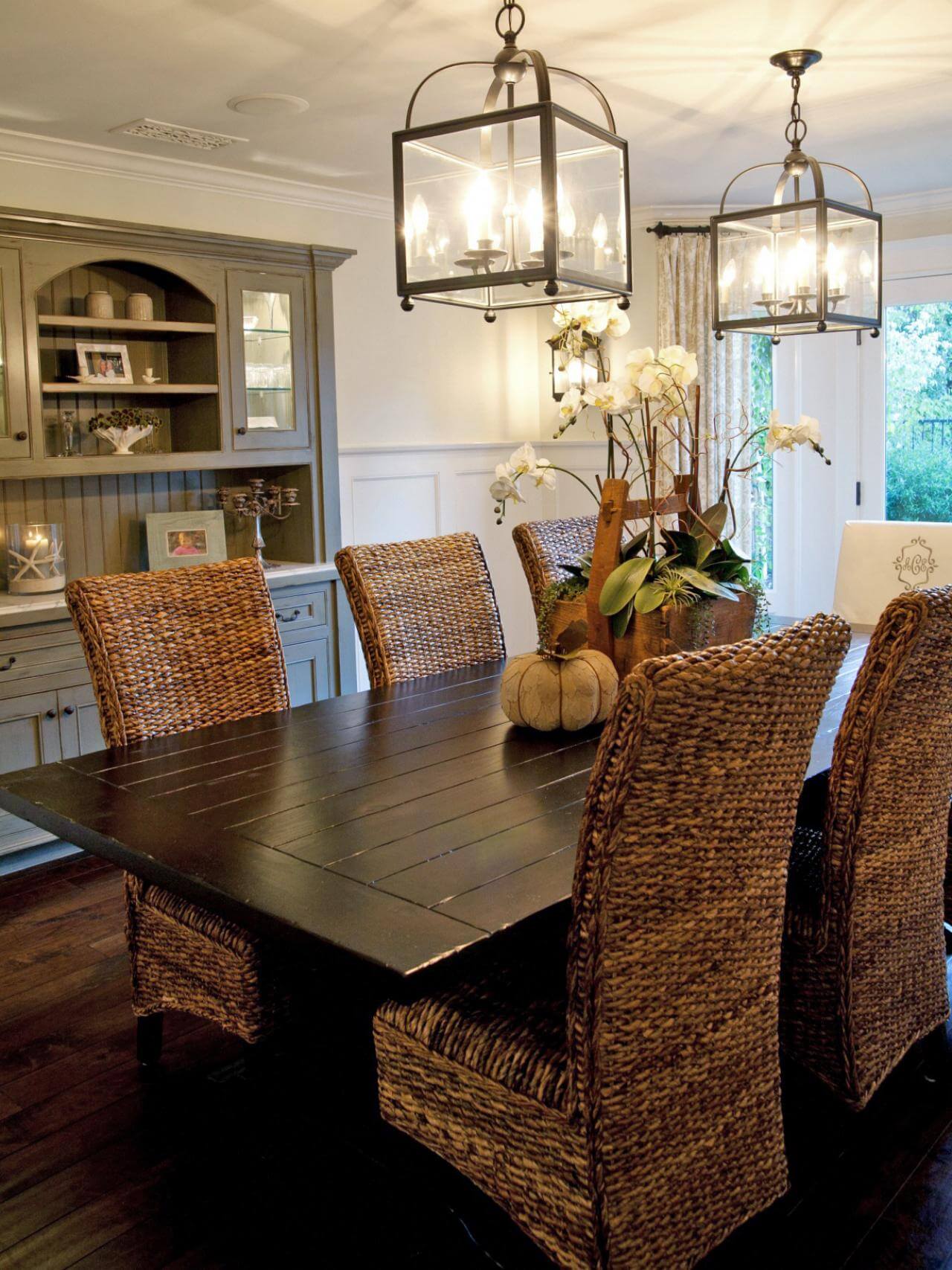
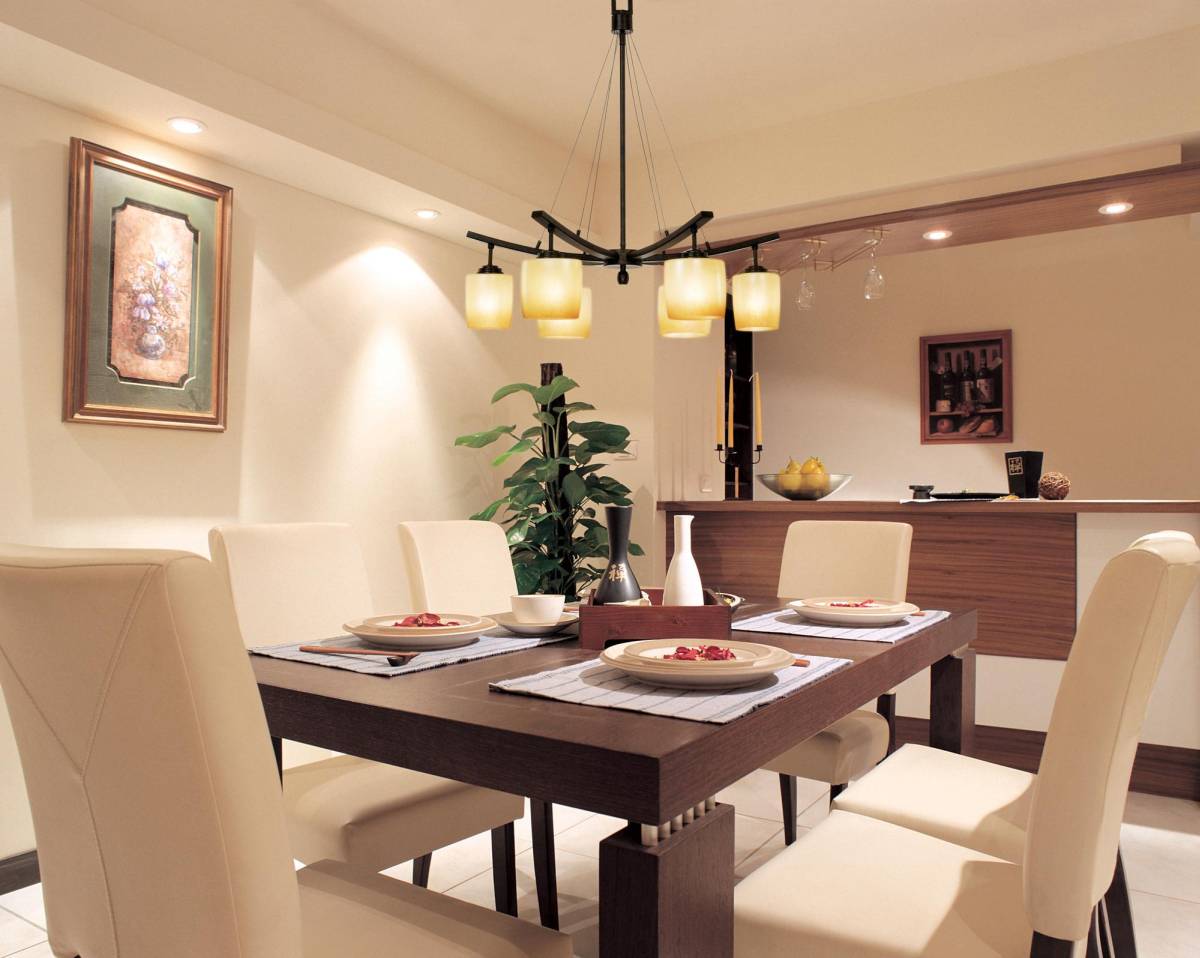
/dining-room-lighting-4157465-hero-28e9226fa7fb4f7e9f86a062ff22111c.jpg)
